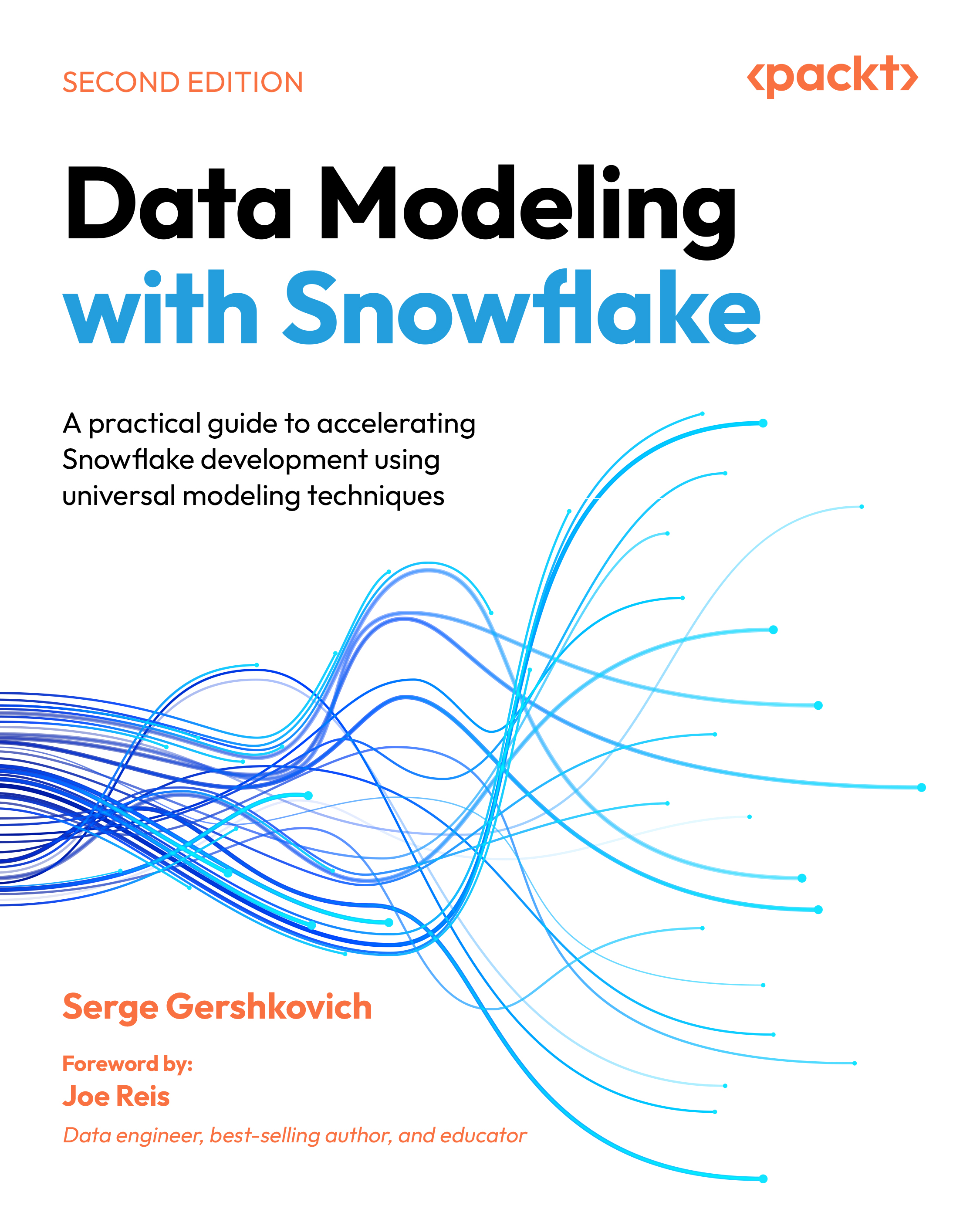Relationships as foreign keys
Any business can be broken down into a set of entities and their interactions. For example, customers place orders for items provided by suppliers while applying promotion codes from an active marketing campaign—which is still a very narrow slice of what goes on in a typical organization. So far, this chapter has focused on the entities themselves: orders, items, and suppliers, for example. Now it is time to focus on the interactions—or relationships, as they are called in modeling parlance—such as placing orders, providing items, and applying promotions.
When business entities are related, their corresponding tables must have a way to capture the details of the interaction. When a customer orders an item, the order details must capture who the customer is and what items they ordered. Remember, PKs identify a unique record in a table. Therefore, when two tables share a relationship, the PKs of one must be included in the other...

































































